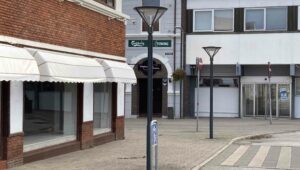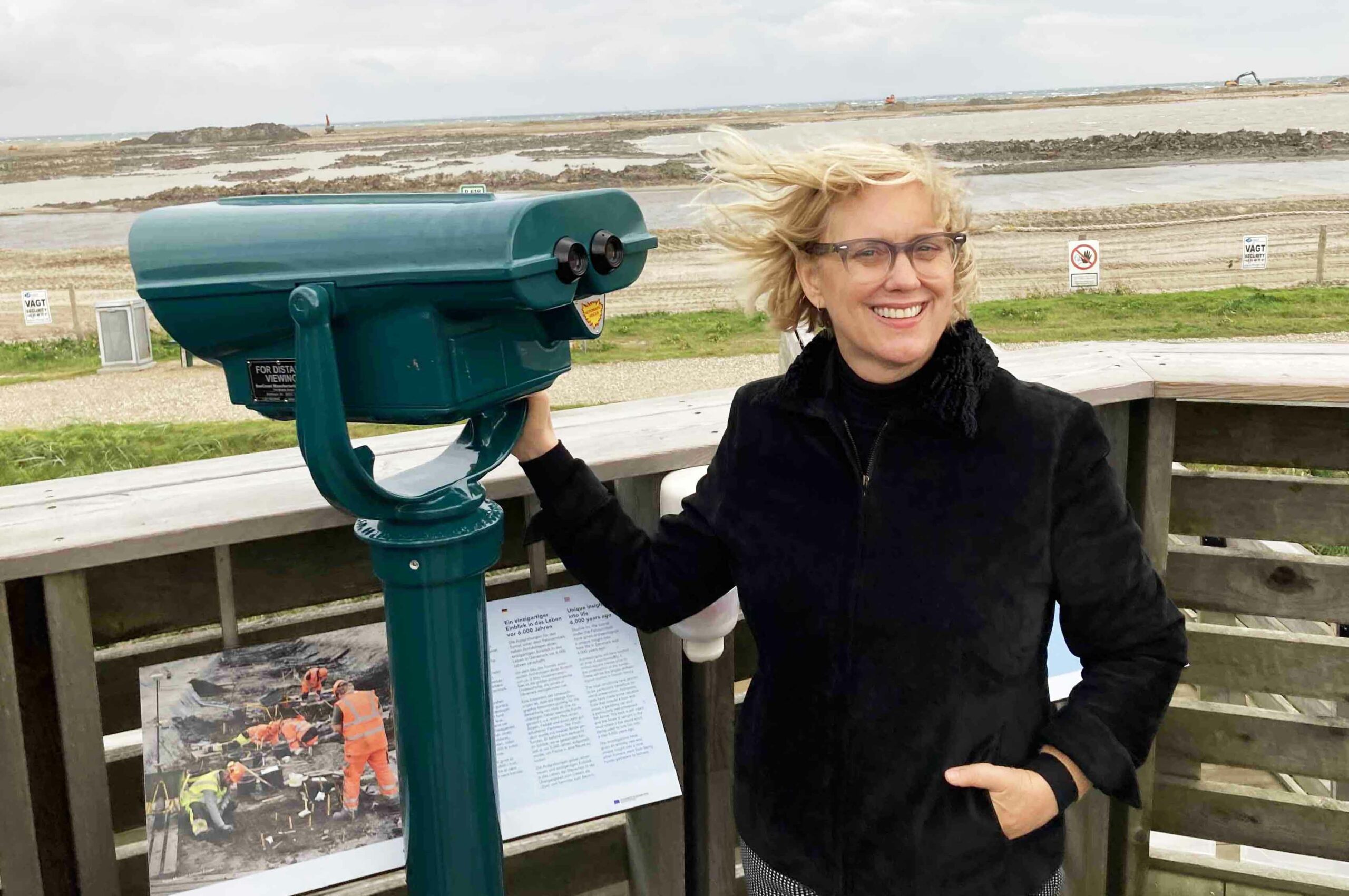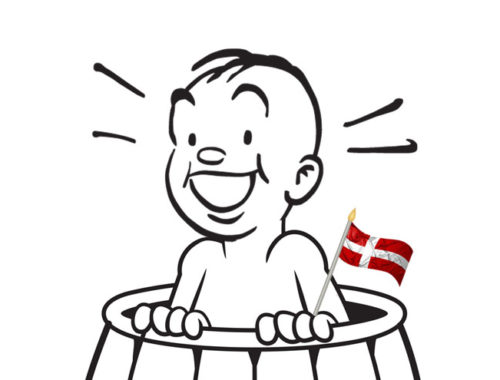Getting to Sweden from Copenhagen is easy: you take a quick trip across the Øresund Bridge in your car or on the train. Getting to Norway from Copenhagen isn’t too hard: there’s a ferry that runs every day from Nordhavn.
Getting to Germany from Copenhagen, on the other hand, is a headache.
If you don’t want to fly or take the long way around through Jutland, you need to head for the little Danish town of Rødbyhavn, on the island of Lolland. Then your train or car or truck drives into the belly of a giant ferry. Then you get off on the other side in the little German town of Puttgarten and continue along your way.
The giant ferries are fun. Up top, they have duty-free shops and game arcades and restaurants where you eat very quickly, because it’s only about a half-hour trip.
But, as of 2029, the trip will be a lot quicker and a lot easier.
That’s when the tunnel between Denmark and Germany is scheduled to open.
Longest immersed tunnel in the world
This 18 kilometer “Fehmarnbelt Tunnel” will be the longest immersed tunnel in the world – three times longer than the current leader, the Transbay Tube under San Francisco Bay – and you’ll be able to drive between Denmark and Germany in only ten minutes. The train will take 7 minutes.
I was invited down to Rødbyhavn to see the tunnel construction last week, and was allowed to climb up on a windy viewing tower to see a large amount of mud being moved around.
The work is full swing on the Danish side; I’m told it has barely started on the German side.
This is mostly a Danish project, not a Danish-German project. The Danes are building the entire tunnel, plus the access areas on the Danish side. The Germans are only building the access areas on the German side.
Apparently when the project was being discussed, the Germans weren’t very interested. Puttgarden is in a far-off and not very wealthy part of Germany, on a small island off the coast called Fehmarn. It’s a 90 minute drive from Kiel, which is the nearest big city. The politicians in Berlin had other priorities.
The Danes get the revenues
Of course, now that the project is underway, the German government has started to realize that if Denmark builds the entire tunnel, the Danes get all the user revenues from the tunnel. And they’re a little peeved about that.
Not only will there be a fair amount of Danish traffic through the tunnel, there will be a lot of Swedish traffic. This will be the fastest land route from Malmo or Stockholm to Germany, and perhaps ultimately a high-speed rail gateway from Scandinavia to the rest of Europe.
The Germans left some money on the table there.
Internationals will help build the tunnel to Germany
Anyway, there are already hundreds of people at work on the Danish side of the tunnel project, and there will be thousands more, so if you’re in the engineering or construction business, there may be a job here for you soon.
The tunnel company wants to hire internationals, because if they vacuumed all the construction workers up from Denmark itself, there would be no one to do any other construction work, like the guys who tear up my street every couple of weeks, and then repave it and tear it up again.
The company will be building 1300 apartments for the new workers and are trying to get one of the Danish universities interested in starting up a local program focusing on sustainable construction, which would require student housing too.
Real estate investment opportunity
That said, the area where the tunnel to Germany is being built is not really the most exciting place to live. Lolland is a rural island, and unless you’ve taken your kids to the water park at Lalandia, you may never have been there.
It’s also one of the poorest parts of Denmark. Some of the richer municipalities have actually advised people on kontanthjælp, the payment Denmark gives the poorest of the poor, to move to Lolland because their money will go further there.

Exciting Saxskøbing
I stayed overnight in Sakskøbing, one of the bigger towns on Lolland, and the town square consisted of one bar, three second-hand shops, and a lot of empty storefronts.
You can buy a whole farm with a lot of land nearby for half the cost of a studio apartment in Copenhagen.
Sounds like an investment opportunity for somebody.
Once the tunnel comes through, there will be tens of thousands of people passing through every day. You have to imagine that some of these towns are going to become a bit more lively.
Tunnel factory will make more tunnels
After the tunnel is complete in 2029 and, perhaps, opened by King Frederik – who knows? –the construction area won’t shut down entirely.
The Danes are building a tunnel factory here, a factory that produces the big circular concrete pieces used to make tunnels.
After the factory completes the Fehmarnbelt Tunnel, its next assignment will be a tunnel across Copenhagen harbor that will make it easier to get to Kastrup Airport.
Of course, once the tunnel to Germany is in place, you may not have to go to the airport as much and suffer through their exasperating security checks and long walks to distant terminals.
If you’re going anywhere in Northern Europe, it will be almost as quick to go by train.
.
.
.





